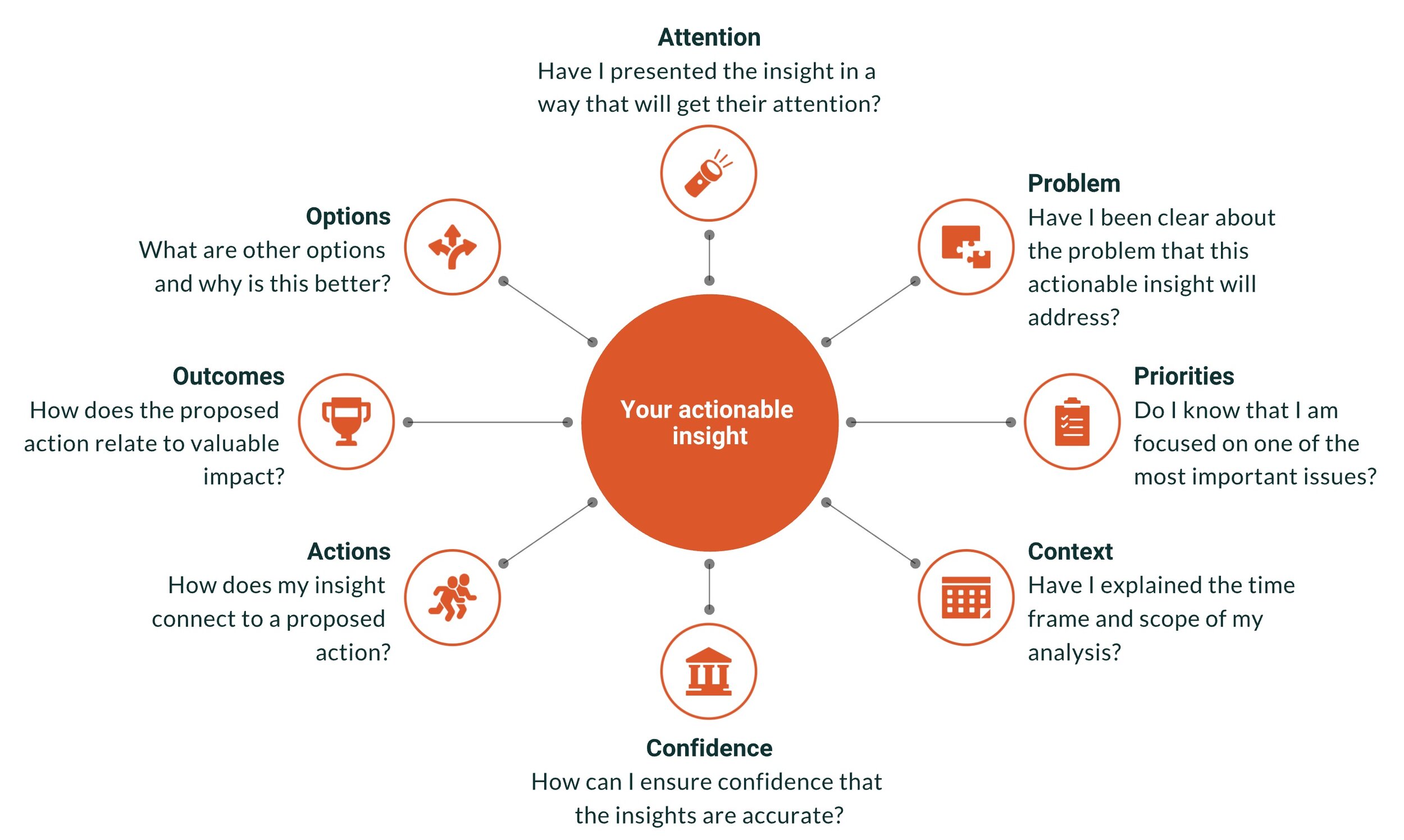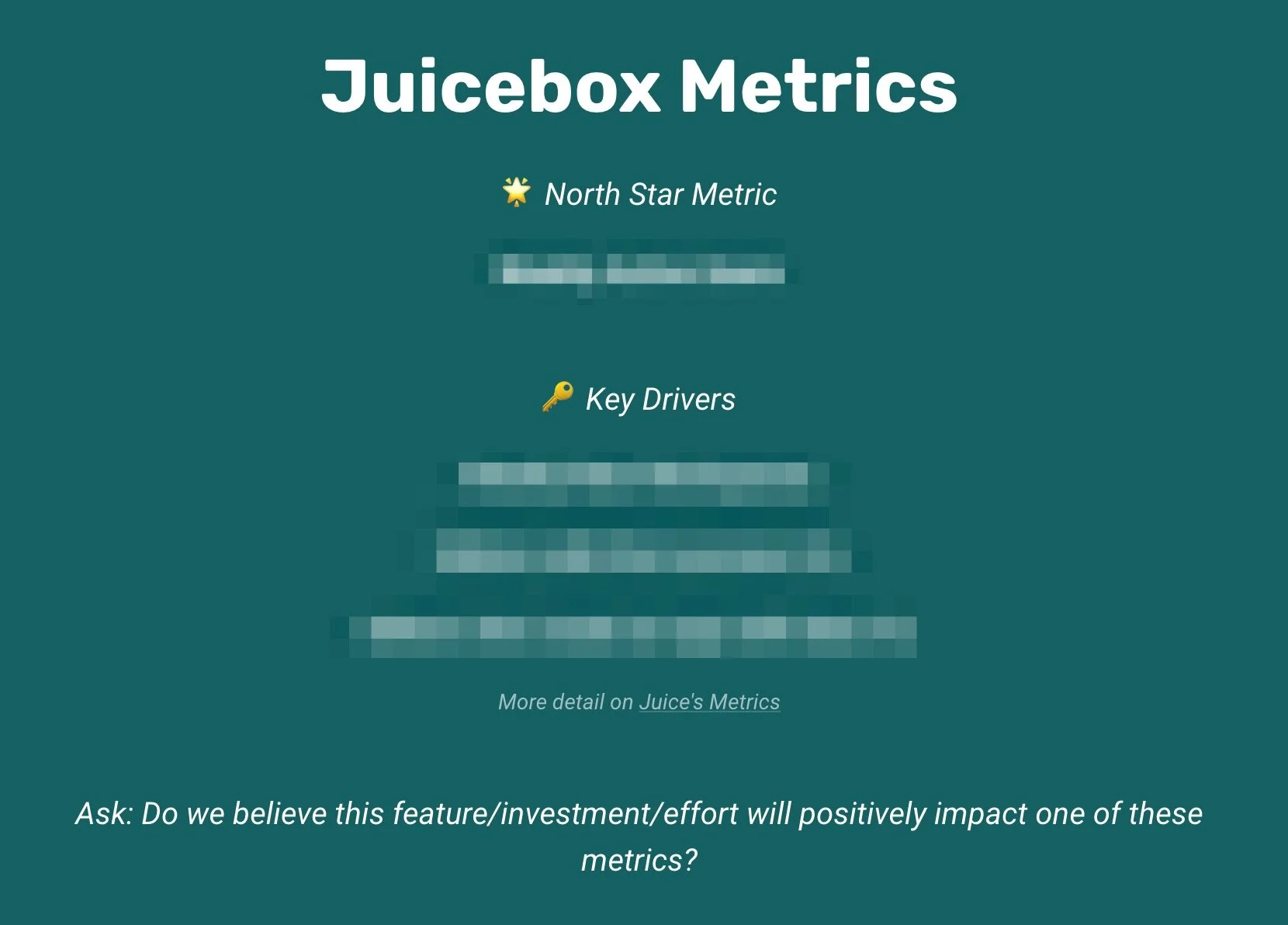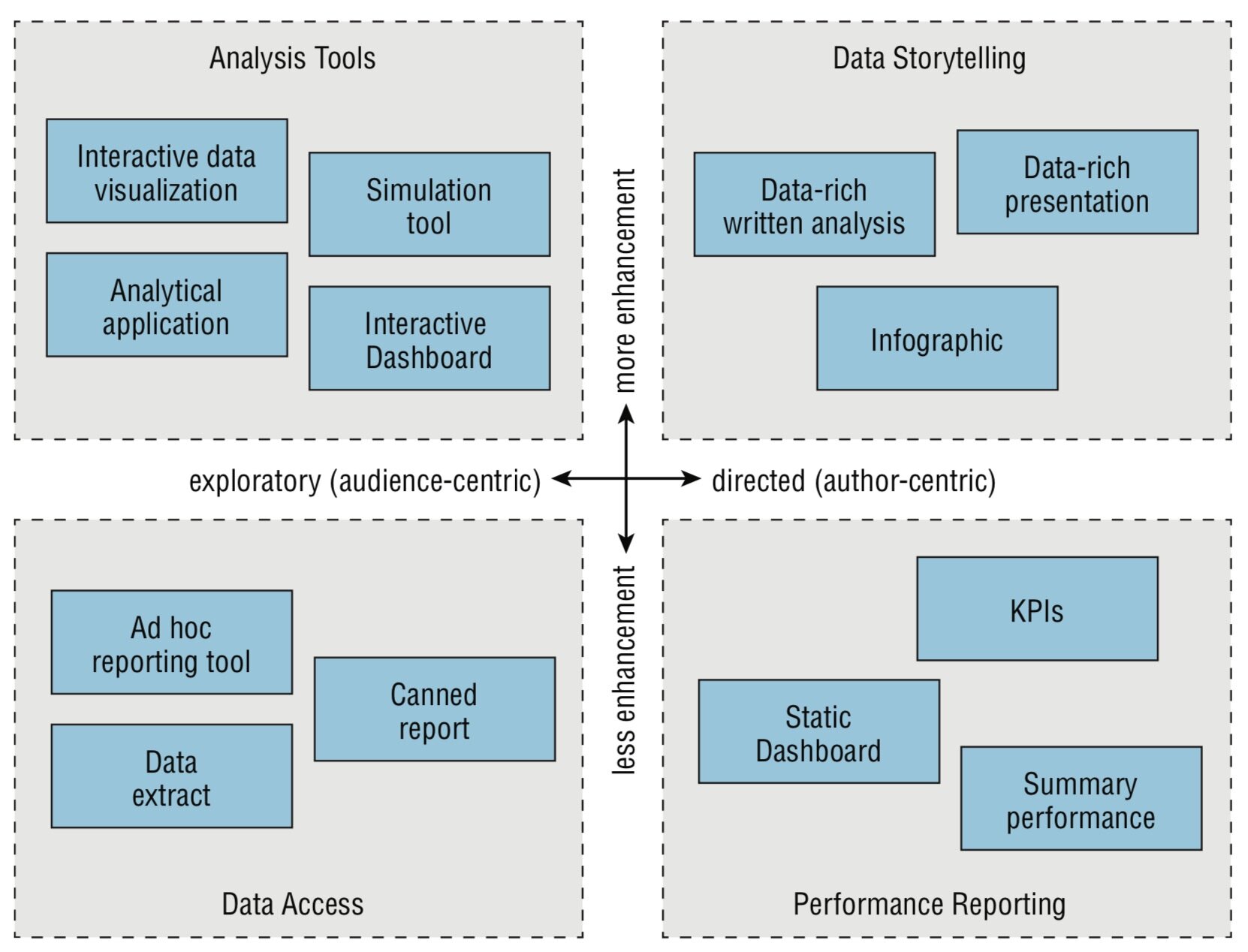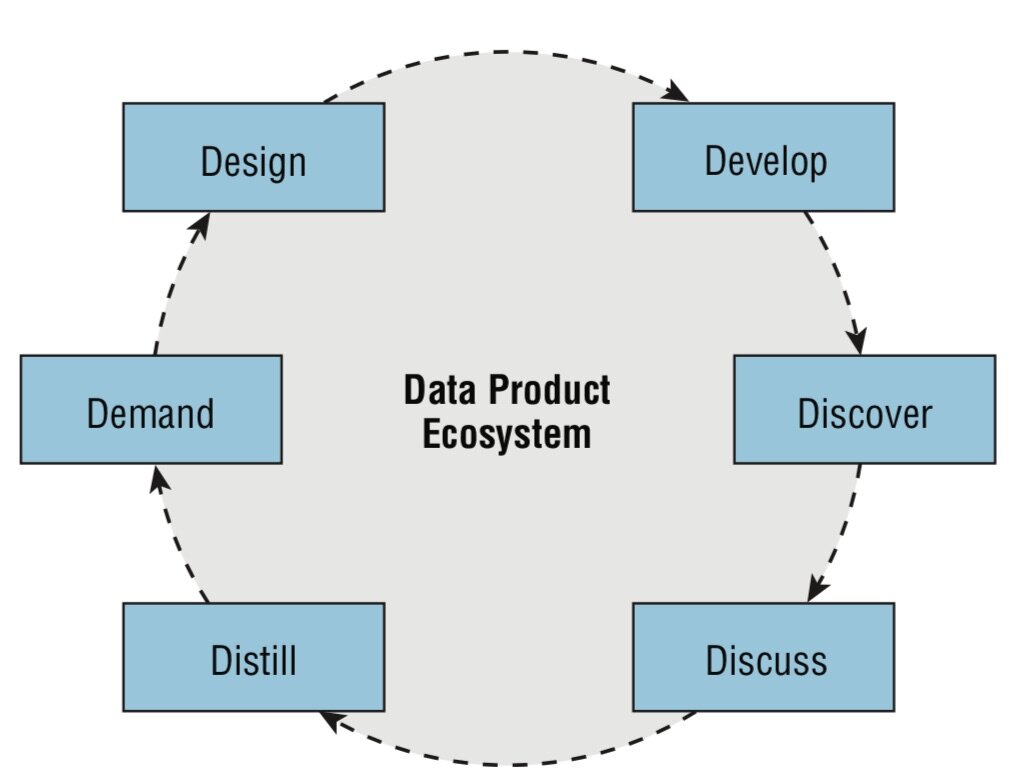In 2007, Professor Thomas Davenport wrote an influential book called Competing on Analytics: The New Science of Winning. At the time, he stoked a smoldering ember into a flame by examining the power of analytics to improve organizations. The book was a catalyst for a generation of business leaders looking to find value in their data.
For all its influence, we had a quibble with Davenport promotion of a centralized model for analytics, where the data is managed at an enterprise-level by a cadre of data scientists building complex models to drive decisions throughout the organization. He believed that the best organizational structure is:
central analytics and data science organization, based in a Strategy function, with analysts assigned to and rotated among business units and functions: This is, I think, the optimal structure and home for analytics and data science. The central function allows for a critical mass of quants and for central coordination of their skill and career development. It should be a shared service, where anyone with the money and the high-priority requirements can get the help they need.
To this day, the question of where analytics should happen is still unclear for many organizations. Research by Deloitte shows that many organizations are confused or conflicted:
We are advocates for bringing analytics to the front-line decision-makers of your organization. The marketers, operators, managers, salespeople, and customer service teams all need to understand data to be better at their jobs. For us, management guru Peter Drucker sums it up best:
Most discussions of decision making assume that only senior executives make decisions or that only senior executives' decisions matter. This is a dangerous mistake. Decisions are made at every level of the organization, beginning with individual professional contributors and frontline supervisors. These apparently low-level decisions are extremely important in a knowledge-based organization.
Senior leaders in your organization may make the so-called “big strategic” decisions, in effect choosing the path to travel down. But the speed with which you travel toward your goal and stay on course when distractions arise—these decisions are controlled by your front-line staff.
This belief that data can inform better decisions throughout an organization is part of our motivation for Juicebox.
Data needs to be formed into targeted, purposeful solutions to be of use to most people. The common practice of delivering a general-purpose analytical tool to end-users and expecting something useful to happen with it typically results in little added value. People are busy with their jobs. The last thing most information workers have time for is to learn how to use a new analysis tool, figure out what data might be relevant to them, and dive deep into a data analysis exercise. It is the difference between throwing someone an anchor and throwing them a lifeline.
We have also made clear our belief in people over technology. There are many suitable technologies for capturing, managing, manipulating, and presenting data. Better technology or tools is seldom the problem. Actually, many of the data challenges that required large information technology investments a decade ago can be done quickly and economically today.
The challenges are in the skills and collaboration of the people that use those technologies. Poor communication, misalignment of values, limited data communication skills, unfocused messages…these are the challenges that most organizations we work with face today. The good news is that these are all solvable by focusing on the skills of your people.











